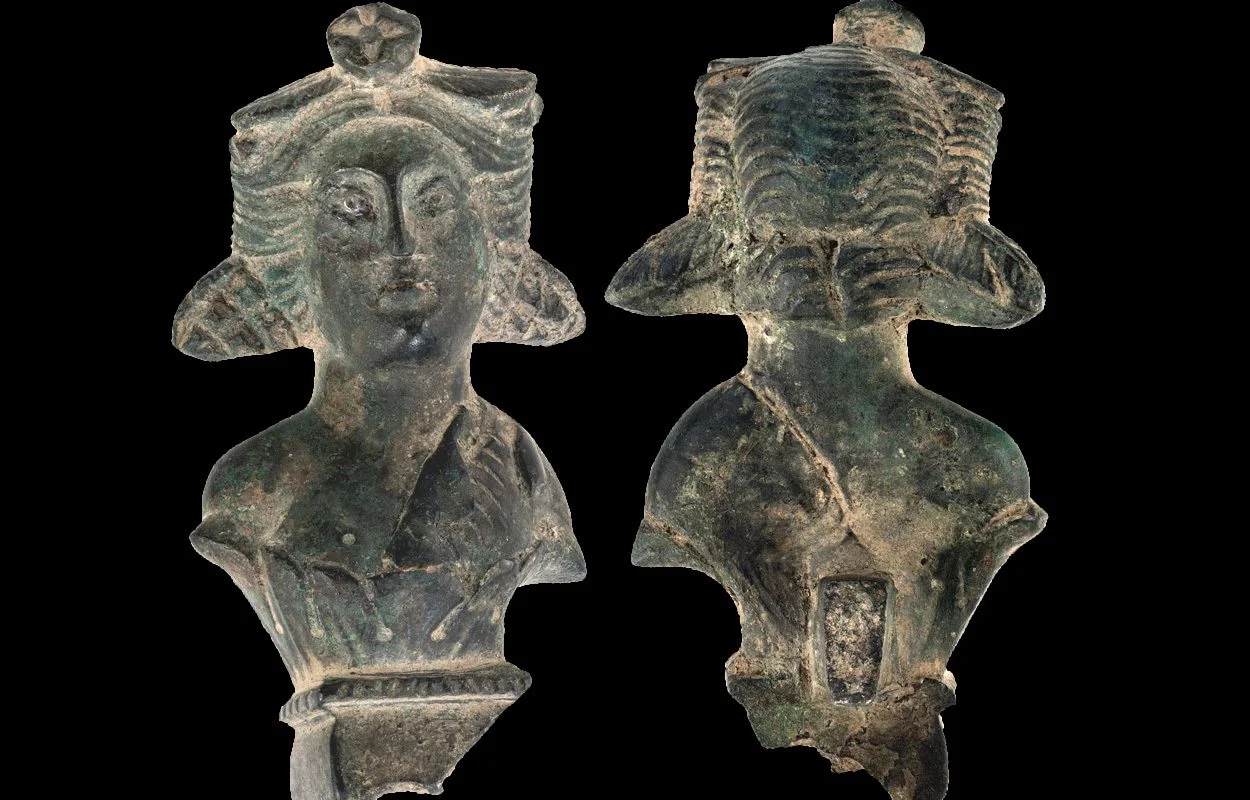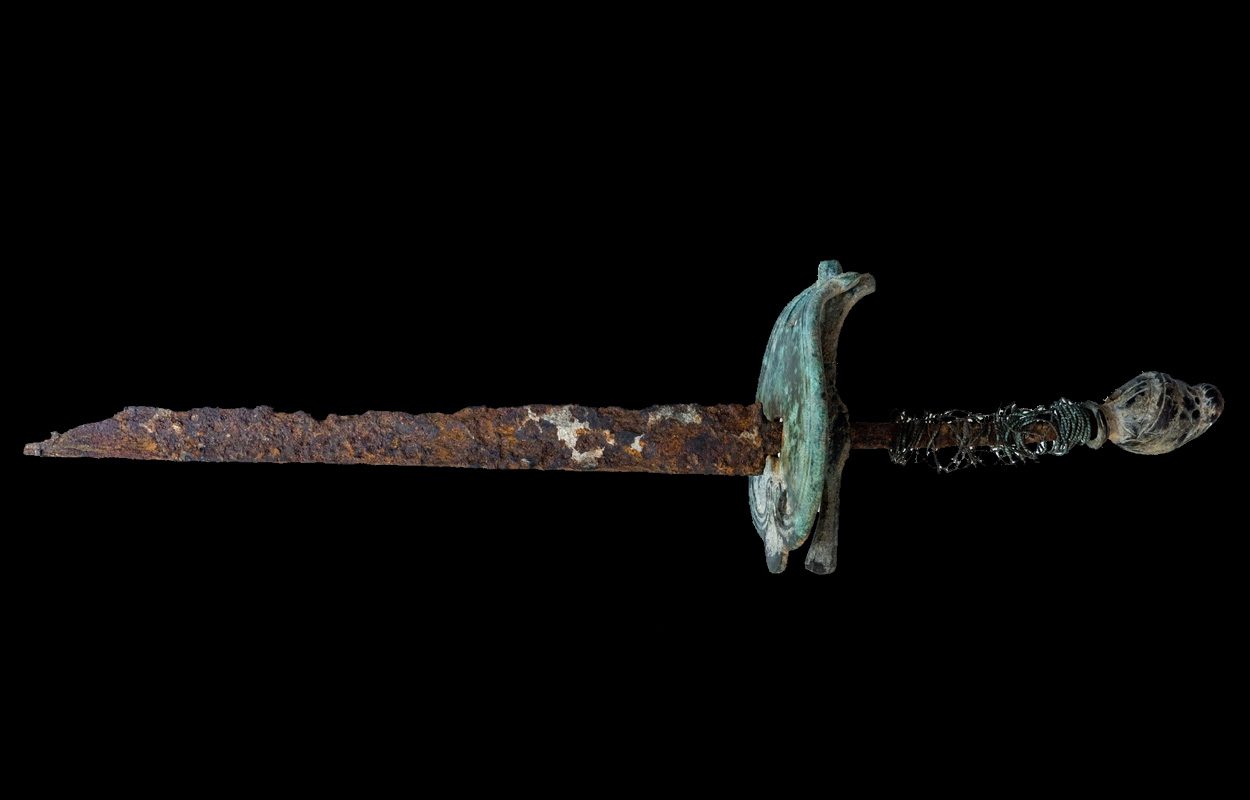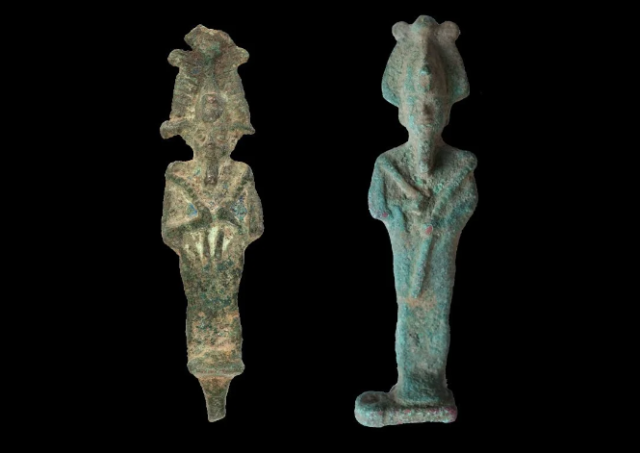The finds are part of a deposit which are believed to be from a collection owned by the Kleniewski family, who lived in the Palace of Kluczkowice until the German invasion of Poland during WW2.
According to diaries written by Maria Kleniewska, she describes visiting Egypt in 1904 and spending four months in Cairo and visiting Alexandria. What happened to Maria after the war is unknown, her husband died in WW1, whilst her son who inherited the estate was killed in WW2.
The researchers suggest that the family may have hidden the artefacts to safeguard them from the German SS in 1942, or just after the war when the palace furnishings and collections were looted and scattered.
Upon discovering the figurines, the Lubelskie Voivodship Conservator of Monuments (LWKZ), said: “The find is so unusual in our area and raised doubts about the authenticity”.
The artefacts were sent to the Voivodeship Office for the Protection of Monuments in Lublin for verification, which determined that the two figurines depicted Osiris, the god of fertility, agriculture, the afterlife, the dead, resurrection, life, and vegetation in ancient Egyptian religion.

A third figurine from the deposit was identified as depicting a bust of Bacchus, the Roman equivalent of Dionysus, associated with winemaking, orchards and fruit, vegetation, fertility, festivity, insanity, ritual madness, religious ecstasy, and theatre.
Working in cooperation with the National Museum in Lublin and the Department of Archaeology of the University of Warsaw, the Osiris figurines have been dated to the 1st millennium BC, while the bust of Bacchus has been dated to the 1st century AD and was likely part of a tripod, similar to an example found during the 18th century near Mount Vesuvius in Italy.

The researchers also discovered part of a richly decorated ceremonial sword from the 17th century, which may have been a colichemarde, a popular short sword that first appeared in 1680 and was popular in royal courts throughout Europe.
Speaking to Science in Poland, Dr. Łukasz Miechowicz, from the Institute of Archaeology and Ethnology of the Polish Academy of Sciences in Warsaw, said: “Finding part of a valuable collection that was lost many years ago is of great importance for science, cultural heritage, and the development of tourism”.
After further study, the artefacts will be transferred to be part of the collections in the National Museum in Lublin.
